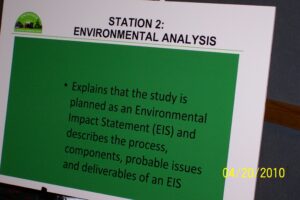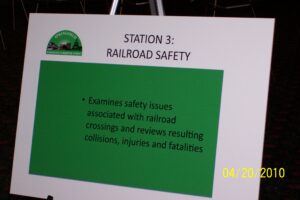It doesn’t need to be that way. Everyone can have carbon neutral homes if they just try.
“PROJECT OF THE YEAR”
National Association of Home Builders
CERTIFIED LEED PLATINUM

By fully integrating the design and the construction with the right products and services, GreenSpur can deliver cost effective and quality green building services from concept to completion. Green doesn’t have to look less and cost more.
GreenSpur delivers Carbon Neutral Capitol Hill
Capitol Hill Slide Show
Featured in Washington Spaces.
SOLD
Through partnerships, good design, hard work, and some common sense we can build a better tomorrow
:}
Britain’s first 100% carbon neutral home unveiled – and it’s a flat-pack
Last updated at 14:59 26 February 2008
It is the ultimate flat-pack product – your very own house and not only that, but Britain’s first affordable, super-eco friendly home.
The timber-frame house was unveiled in London for the first time today, with its designers proclaiming it the beginning of a revolution in property design.
Starting off as a flat-pack collection of frames, the houses can be built in three weeks in the same way as putting together a product from Ikea – albeit a bit more involved.
They are also designed to be carbon neutral and meet the Government’s strictest energy efficiency code.
Rural Zed, the consortium behind “the homes of the future”, are taking orders for the £150,000, three-bedroom house now.
The company promises to deliver the properties in as little as three months.
Bill Dunter, director of Zed factory, which is part of the consortium, said: “This is a revolution in house building
Q&A: Carbon-Neutral Homes
Gordon Brown wants all new homes to be carbon neutral within ten years. But what is a carbon-neutral home? And where can you find one now?…
What does carbon neutral mean? Good question. The Chancellor didn’t spell it out, and the Treasury has yet to offer a definition.
So no one has a clue? Some people do. Eco-warriors will tell you it means creating energy-efficient buildings and producing energy for home heating, hot water and electricity using eco-friendly on-site technology.
So what does that mean? For a development to be zero energy there would have to be no fossil fuels used to provide the heating and electricity.
Typically, a carbon-neutral development would generate electricity using photovoltaic cells, wind turbines or biomass sources – such as a combined heat and power plant using woodchip fuel.
It is acceptable to use a combination of on-site and off-site renewable energy – so you could produce some yourself and use some from a green energy supplier.
Super efficient insulation and the use of efficient fittings and appliances to cut down on energy and water use are also de rigeur.
So it’s about living in energy-efficient homes? Partly. But serious eco-folk point out that the embodied energy used in the construction of a building is a fundamental issue.
So the homes would also need to be built using sustainable materials – local timber, for example, or recycled materials – and as much of it as possible would need to be local so you’re not wasting energy transporting it.
Anything else? Yes. If you really want to go the whole hog, your carbon-neutral idyll would also be interested in providing residents with sustainable transport, access to sustainable local food, and a green and pleasant environment.
That can mean car and cycle clubs, on-site food growing, and landscaping to promote biodiversity (eg: wildlife gardens and nest boxes).
Do you need to be a hippy? No. Perfectly ordinary people with crew cuts and sensible shoes live in eco-homes – so you won’t need to stock up on king sized Rizzlas and petulia oil.
The Telegraph recently published an article about an eco-development in Ilkley, West Yorkshire, with the tag line “sandal-wearers need not apply”
:}















